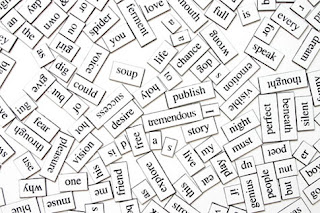Once children understand that sentences are composed of several words in a certain order and that these words can have multiple sounds within them, it’s time to introduce syllables. Although technically syllables have no meaning, in contrast to words, they are still extremely important in a child’s literacy development. If a child can recognize that PENCIL is broken into PEN and CIL, that will help him/her phonetically sound it out later.
Syllables are an easy one to introduce and practice:
· Clap your child’s name or other family members’ first and last names. Demonstrate before having your child copy.
· Fill a bag with toys, items or pictures that can be easily identified (pencil, spoon, bottle, etc.). Pull out each object and clap the syllables. Or, have your child move their hips back and forth each time they hear a new syllable.
· Give your child motion words (waving, wiggling, clapping, eating, etc.) and demonstrate saying them slowly and broken into syllables like WA-VING. Have him/her not only say the syllables, but act them out.
· This activity seems simple, but it fabulous for teaching kids to put sounds together to formulate a word. Say a 3-4 syllable word extremely slowly. In fact, put about 5 seconds between each syllable. See if your child can tell you that word.
I also found this craft online.
Beaded Syllable Name Necklaces
Beaded syllable name necklaces are a fun craft that teach preschoolers about the number of syllables in their own names.
Materials: coloring string, letter beads, other beads
Preparation: Prepare the letter beads for each student by using groups of colored beads for each syllable. For example, the name James contains one syllable so all five letters would be of the same color. The name Oliver, however, contains three syllable so O would be one color, L-I would be a second color, and V-E-R would be a third color.
Instructions: Give each child a piece of string, their name beads, and some other beads. Help each preschooler string their name beads onto the string. Allow the students to add additional beads to decorate their syllable necklaces. Help the children tie their necklaces. Carefully supervise the preschoolers while working with the beads to avoid choking. These beaded syllable name necklaces can be used to facilitate other syllable activities.
Next up… Initial and Final Sounds!
I wanted to break down each part of phonemic awareness so that when I return to giving you great read-alouds with activities, I can list an activity for each step of the process (Listening , Rhyming , Words/Sentences , etc.). That way, each book can apply to your child!
If you’re looking for a great read-aloud tonight, I just read my kids “Verdi” by Janell Cannon. A little advanced, but a great message with beautiful illustrations!
I probably won't be around until Monday but happy cuddling and reading in the meantime!















